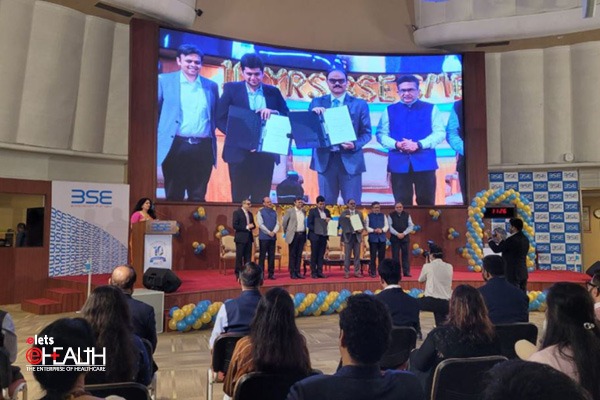Indian hospitals are upping the ante on outsourcing. Instead of making heavy capital investments on expensive diagnostic equipment, costing INR 1.5 to INR 5 crore for MRI & CT scans, hospitals are opting for newer pay-per-use and outsourced models. And, government hospitals are more actively latching on to this trend, that promises lower ownership cost and technology redundancy risk. The outsourcing model in the domestic medical equipment market, estimated at US$ 2.25 billion, is nascent but picking up, says Jayant Singh, industry analyst (healthcare practice), Frost & Sullivan. It is working well with governments, notably in Gujarat, West Bengal and Rajasthan. Companies like GE are working with the Gujarat government and Hindustan Latex has a pact with CGHS, he adds. This trend is likely to continue in the government sector, according to Siemens Medical Solutions utive vice-president D Ragavan. In the case of private sector, the risk-return formula will drive this model, and more so, when they expand into tier II and tier III towns, he adds. Basically, there are three players in this outsourcing game: The customer (hospitals), service provider and the medical equipment companies. In some cases, equipment companies themselves act as service providers. High-end imaging and pathology equipment account for lion’s share of the market followed by cardiology, orthopaedics and laboratory equipment. Since the equipment cost is high, companies are constantly looking for low-cost models. “Medical equipment cost has been skyrocketing in the last five years. To capitalise on their intellectual property rights, equipment suppliers try to recover their cost in the initial years of the equipment lifecycle,” notes Federation of Hospital Administrators of India veep UK Ananthapadmanabhan, who is also president of Kovai Medical Centre. The outsourcing, in fact, goes beyond physical equipment to cover technicians as well. Given the huge skillset shortage, technicians are being outsourced in mega establishments like M S Ramaiah of Bangalore. Other models such as equipment contract with five-year consumable supply leading to its eventual possession by the hospital and outsourcing of specialist functions like radiology and pathology labs is catching up too. Apollo Hospitals Group veep (materials) Narotham Reddy says, it has several reagent rental contracts for over 10 years now. “Such contracts account for 5% of the total investments on equipment. Asset possession usually happens at the end of three years, he says. Typically, Apollo spends INR 100 crore annually on new technologies and sources equipment from Philips, Siemens and GE. Citing a typical revenue-share model, Chennai’s Deepam Hospital chairman Dr A Pandian says, cathlab, MRI and CT scans are “fast moving” category of equipment with much greater revenue realisation. For example, a vendor invests INR 3 crore on an MRI machine in a hospital that carries out at least five MRIs a day. With a monthly revenue of INR 4.5 lakh, the sharing arrangement typically is 75:25 between the supplier and the hospital. Equipment suppliers typically target hospitals that enjoy robust patient footfalls but lack financial muscle to buy hi-end equipment and quickly scale up.

Be a part of Elets Collaborative Initiatives. Join Us for Upcoming Events and explore business opportunities. Like us on Facebook , connect with us on LinkedIn and follow us on Twitter , Instagram.












